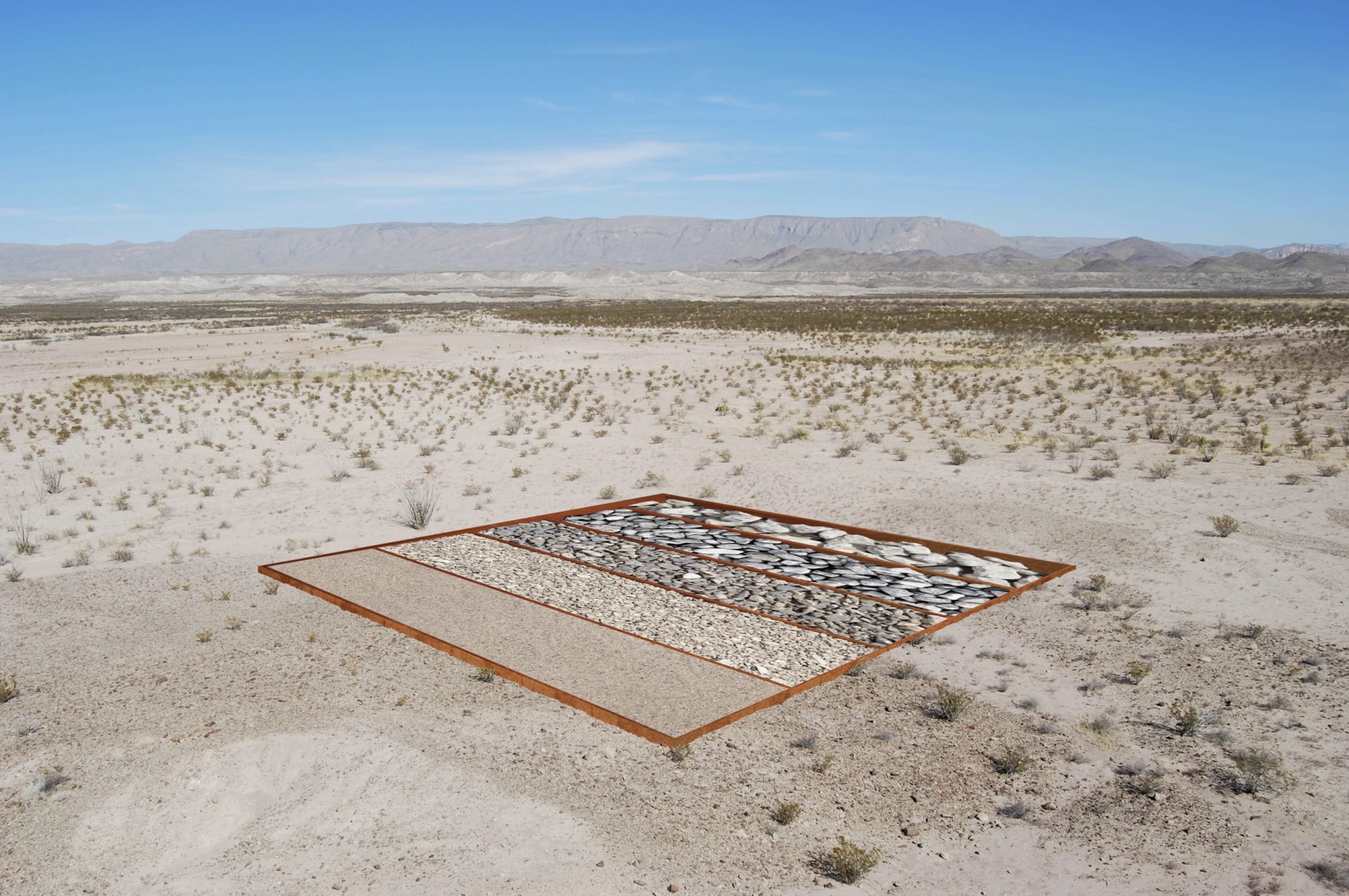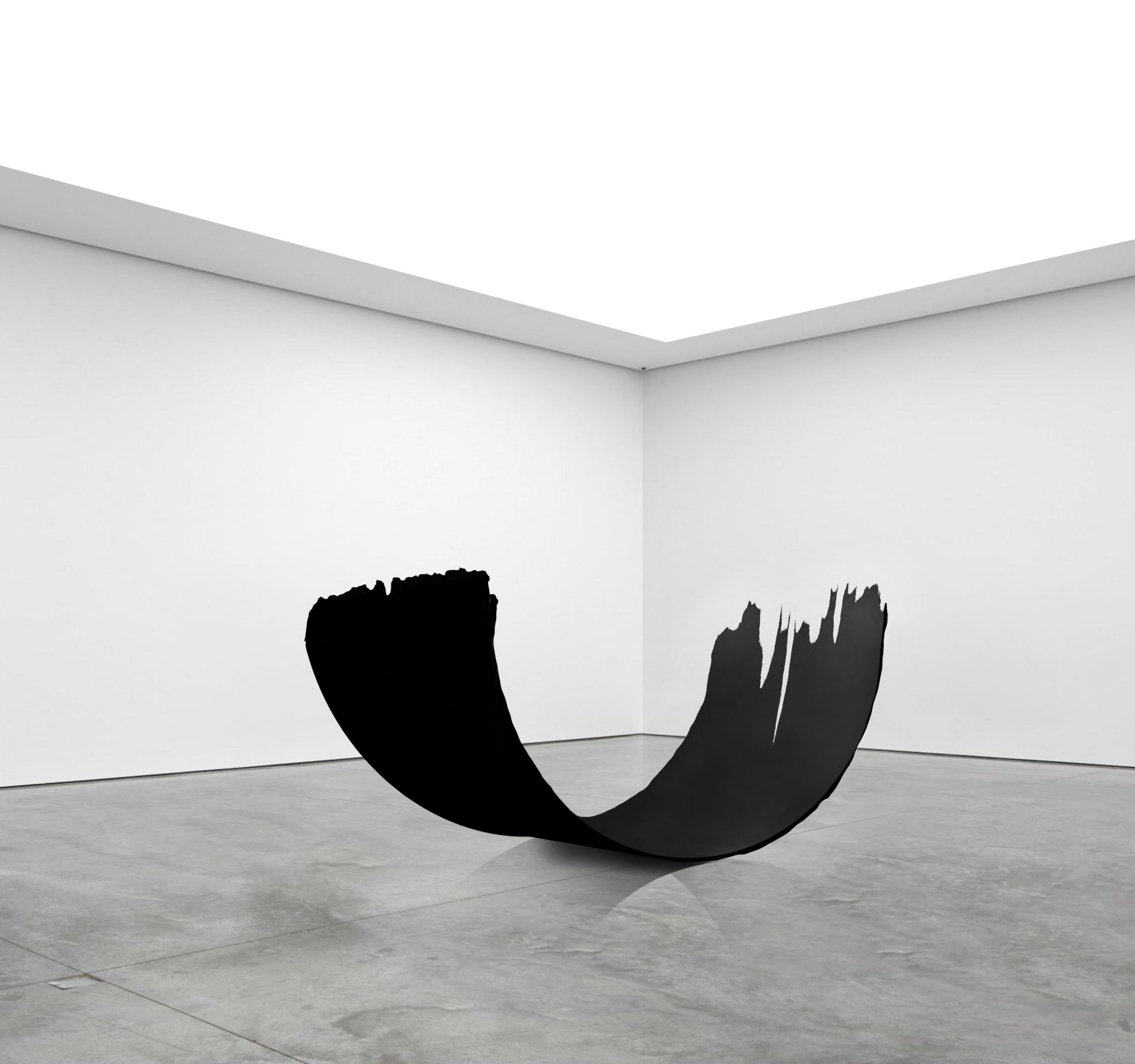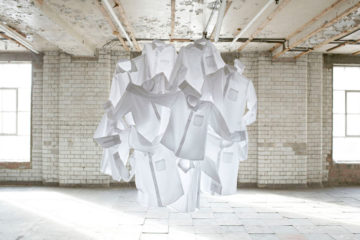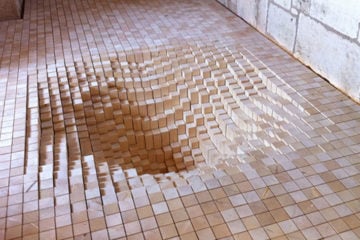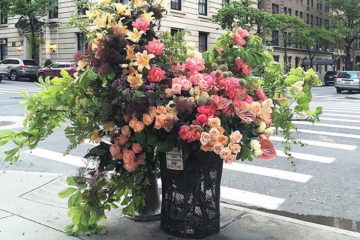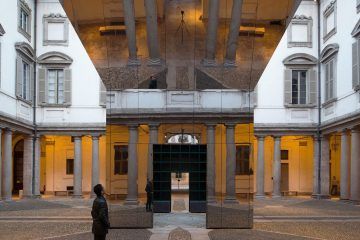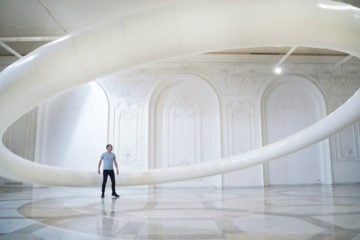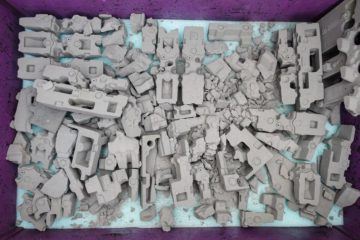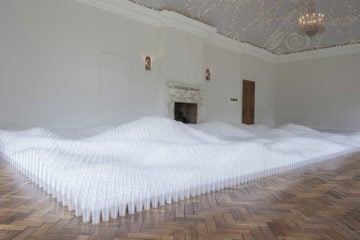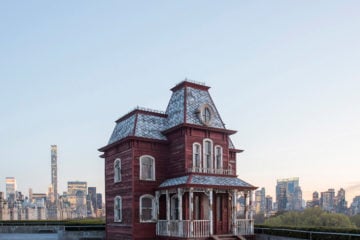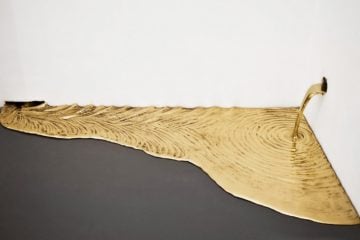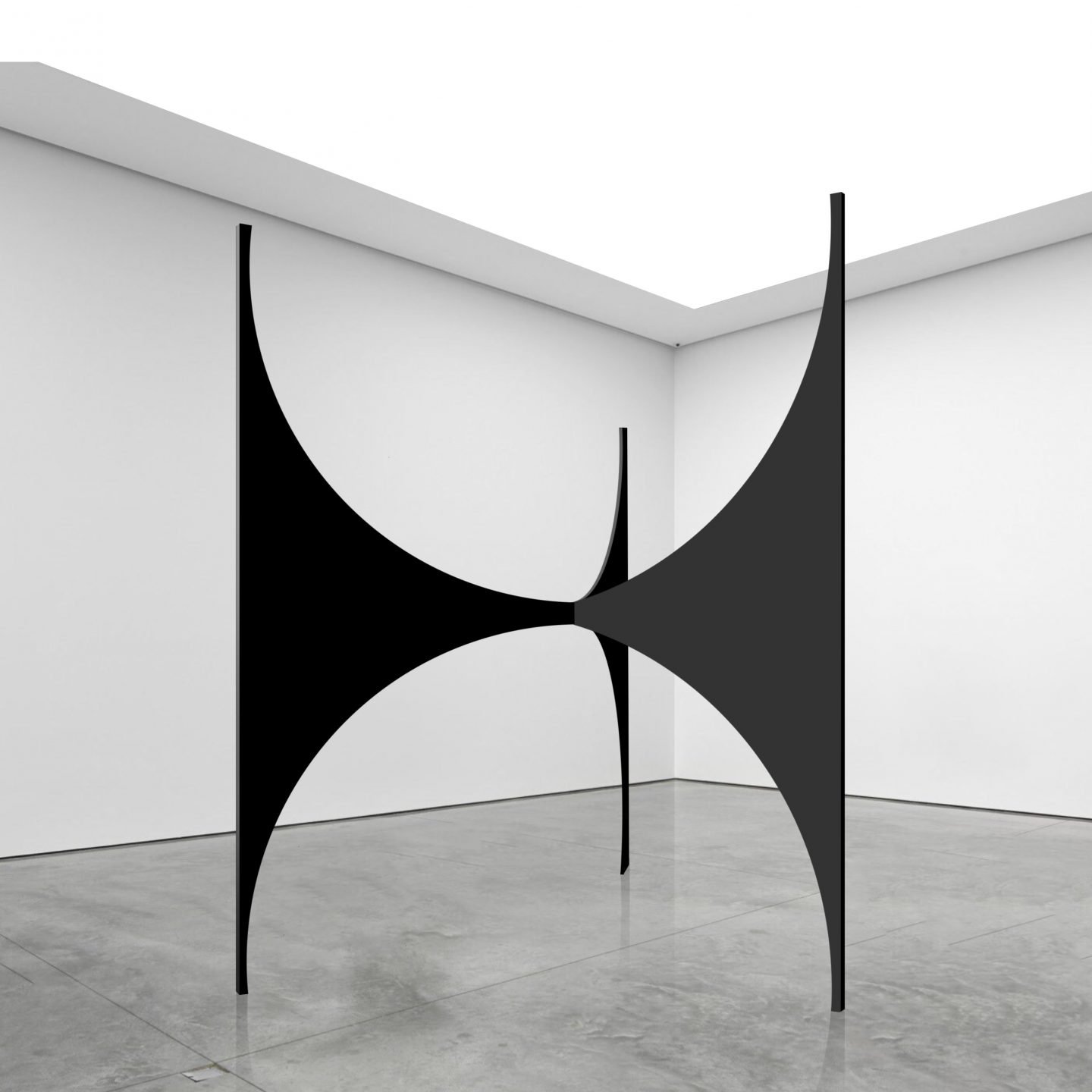
For Visual Artist Mikael Christian Strøbek, Reality And Perception Are Subjective To Us All
- Name
- Mikael Christian Strøbek
- Words
- Steph Wade
Viewing the installations of Berlin-based visual artist Mikael Christian Strøbek is like stepping into an alternative universe, a place where your mind is free to decide what the artworks are. At least, this level of autonomy in the viewer is what he aims for with his creations: sculptural, geometric works that play on perception and reality.
With a professional background in architecture, furniture design, and photography among other creative pursuits, Strøbek moved from Copenhagen to Berlin in 2010 to start anew. “I kept coming back and stayed for longer and longer periods, until I asked myself why I was actually going back to Copenhagen at all,” he explains to IGNANT. “I guess one could say I fell in love with the city, its pulse, and its possibilities.” The artist uses everyday industrial materials like glass, steel, and stone, to create contemporary, minimal works in mind-bending shapes. “I try, when using these materials, to elevate the commonplace into something else in order to underline the preciousness of all,” he says.
"If art is about communication I prefer to speak as clearly and comprehensively as possible and let the viewer define what the work is about"
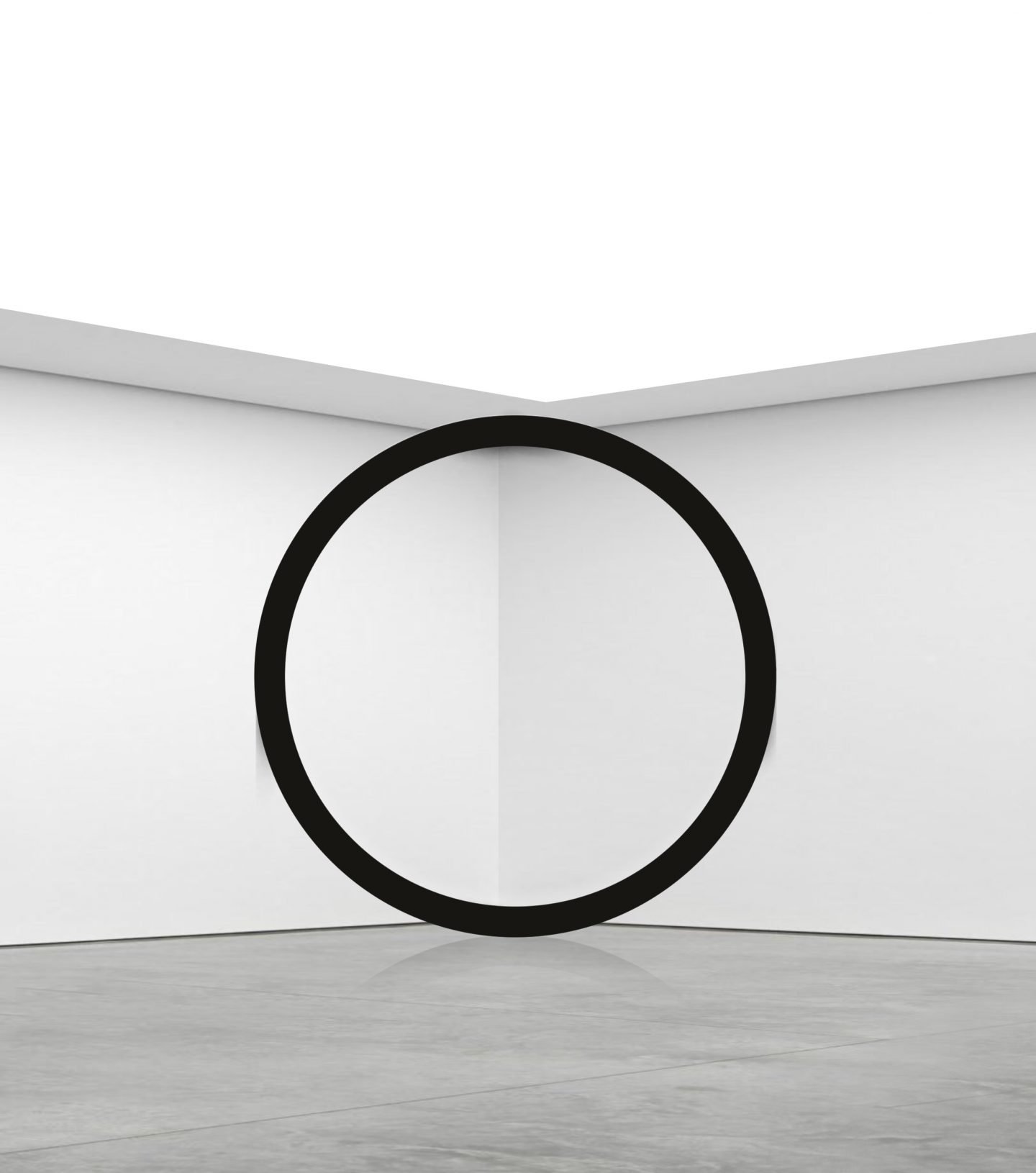
Seriality, systemic progression, and repetition are cornerstones in his art. “Because my work revolves around geometry and the three basic shapes: circle, square, triangle, I often implement a concept to all three, which gives me insight and perspective into some of the themes I want to address.” This is a popular tendency in contemporary art, but it has a particular relevance here. From his studio in Berlin, we speak to Strøbek about the themes behind his arresting works, and what truly makes something art. (Hint: the answer is up to you.)
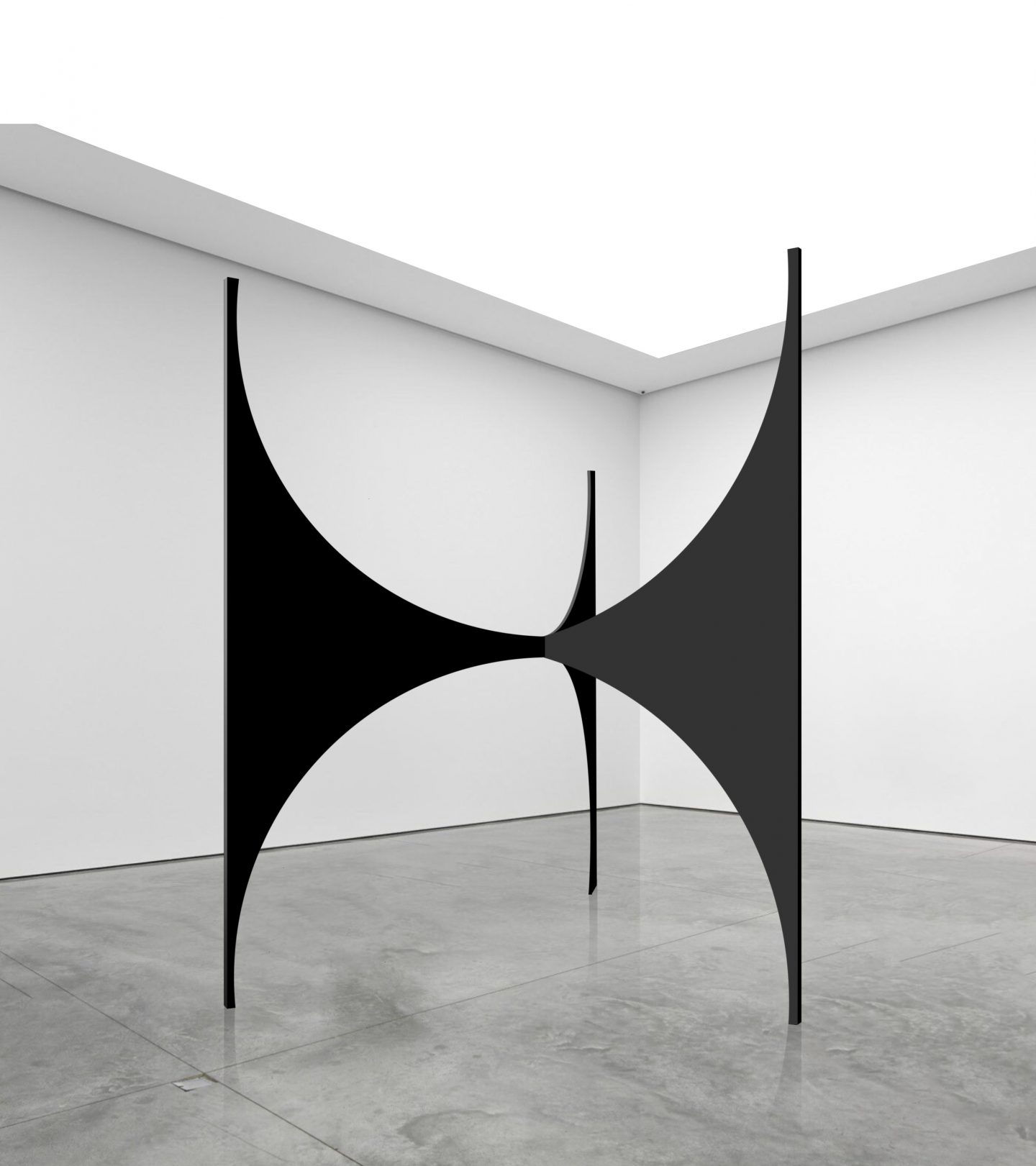
You’ve said, “I see my practice as being layered with a multitude of different progressional themes, which all live side by side in both my theoretical and my practical work.” Can you talk a little about what these themes are, and how you seek to portray them through sculpture and installation?
The different layers that I work with represent mostly theoretical aspects that lie “behind” the art pieces. I try very hard to keep my work as neutral as possible and my subjectivity out of the way. But the layers I often implement are classical elements, such as how one applies foreground, middleground, and background. In many of my works where I use color as a layer on top of a material, I use black. Black as a color, abstractly speaking, inherently describes the background and when one pulls it out into the room, a certain innate energy arises: as one tries to perceive the form, it constantly fights to become a shape, a silhouette, two-dimensional. This constant “pull” is for me like the visual equivalent to magnetism or gravity and also brings liminality—the realization of being between two states, or transitioning—into the physical world and work.
Another layer is perception. Recently, I have revived a theme that was my starting point as an artist—Trompe-l’œil or the deceiving of the eye; a Renaissance theme that sought to question the viewer’s perception of what was real. An example of this is my wall drawing ’Four Circles (v)’. There is a point in the space from where it seems that four black circles are stacked neatly in the corner of the room. When moving away from this point, the perceived circles start to deconstruct themselves and warp, showing that it is composed of half-circles painted onto angular meeting walls.
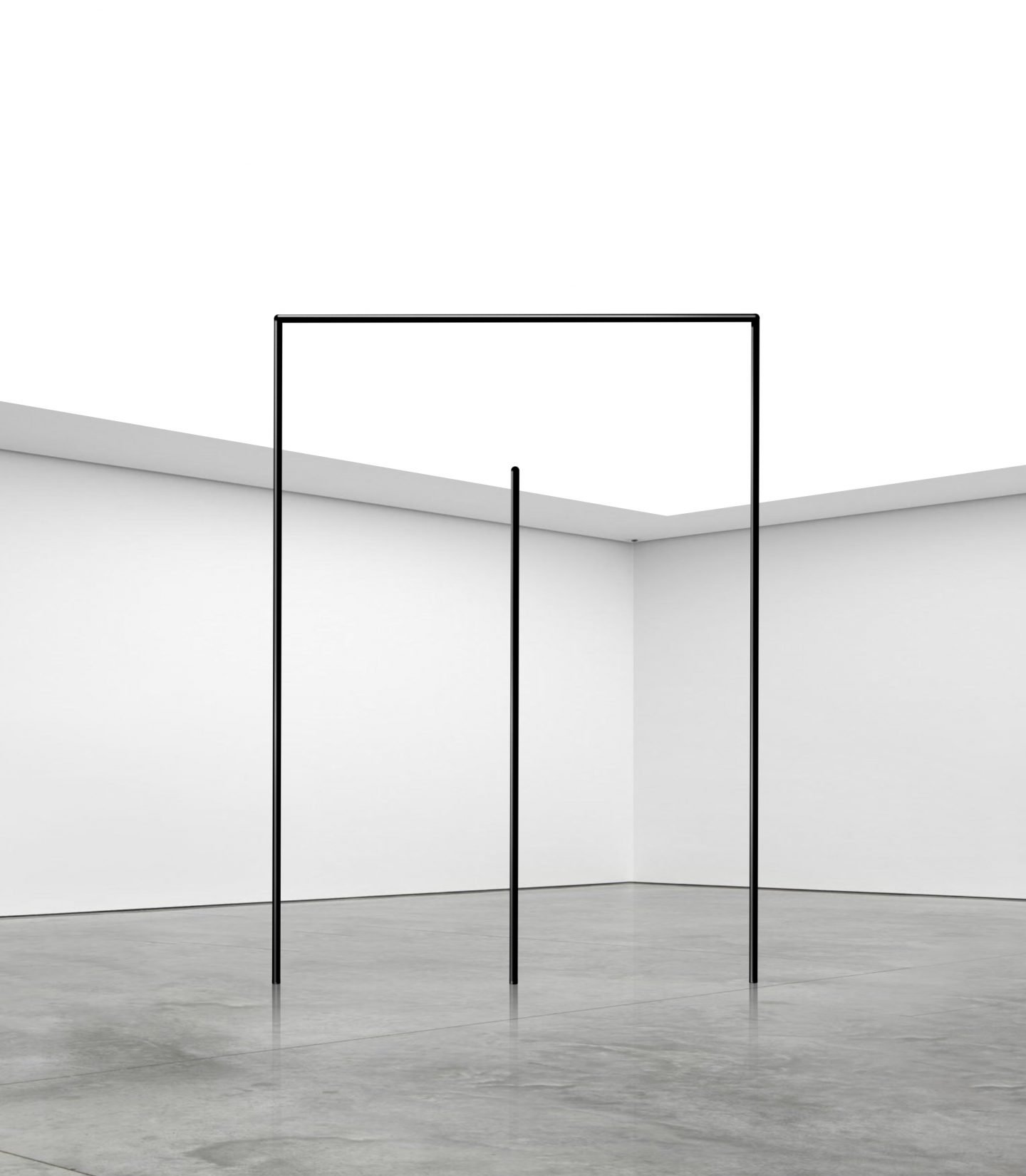
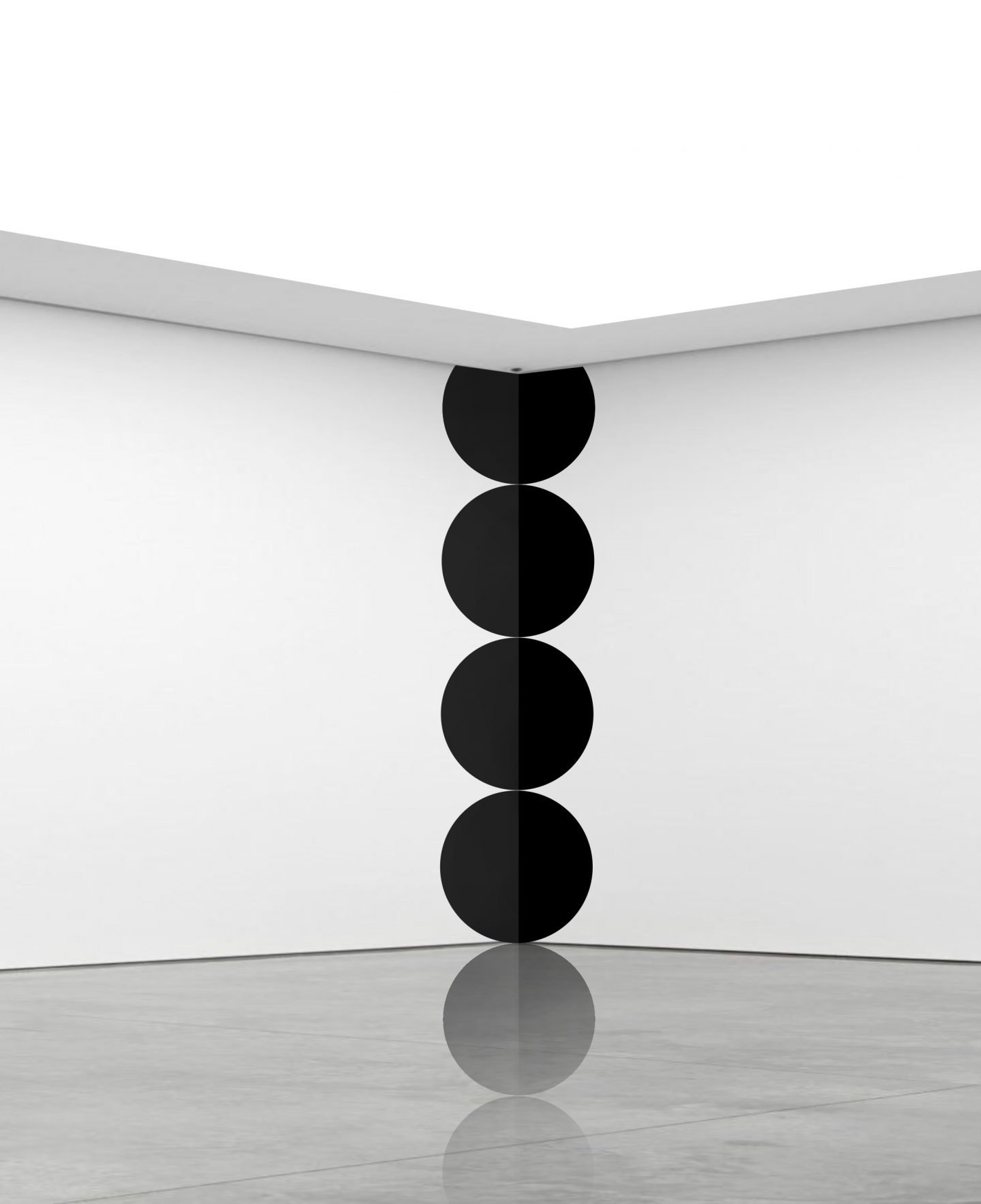
You work with geometry because it shuns ideological or visual references. Can you elaborate on this? What makes you so drawn to geometry?
One of the most fascinating aspects of dealing with geometry is that on one hand it is precisely describable and on the other hand it is abstract beyond comprehension; a circle can be infinitely small, or endlessly big, but it is still a circle. Another inherent aspect is that the fundamental geometric shapes do not refer to anything else than what they are. This lack of references makes them extremely interesting to work with as they permit me to deal with a certain kind of neutrality. With this neutrality I try to address not what makes individuals different, but what ties us all together, no matter religion, gender, ethnicity, or political standing.
What materials do you work with? How do the contexts of the objects and materials you use affect the works that you create?
The main material that I work with is actually the immaterial, the space, the in-between or the void. I see my works as a painter would see a frame or the border of the canvas. Think of it as when one goes into an empty white room; one doesn’t define the space by looking at the blank walls or the concrete floor, one defines it by looking at the corners—where the ceiling and walls meet, where the walls and floor come together. In manifesting these voids, I mostly use primary materials such as steel, stone, cardboard, glass. I have a predilection for materials that are instantly recognizable and somewhat industrialized.
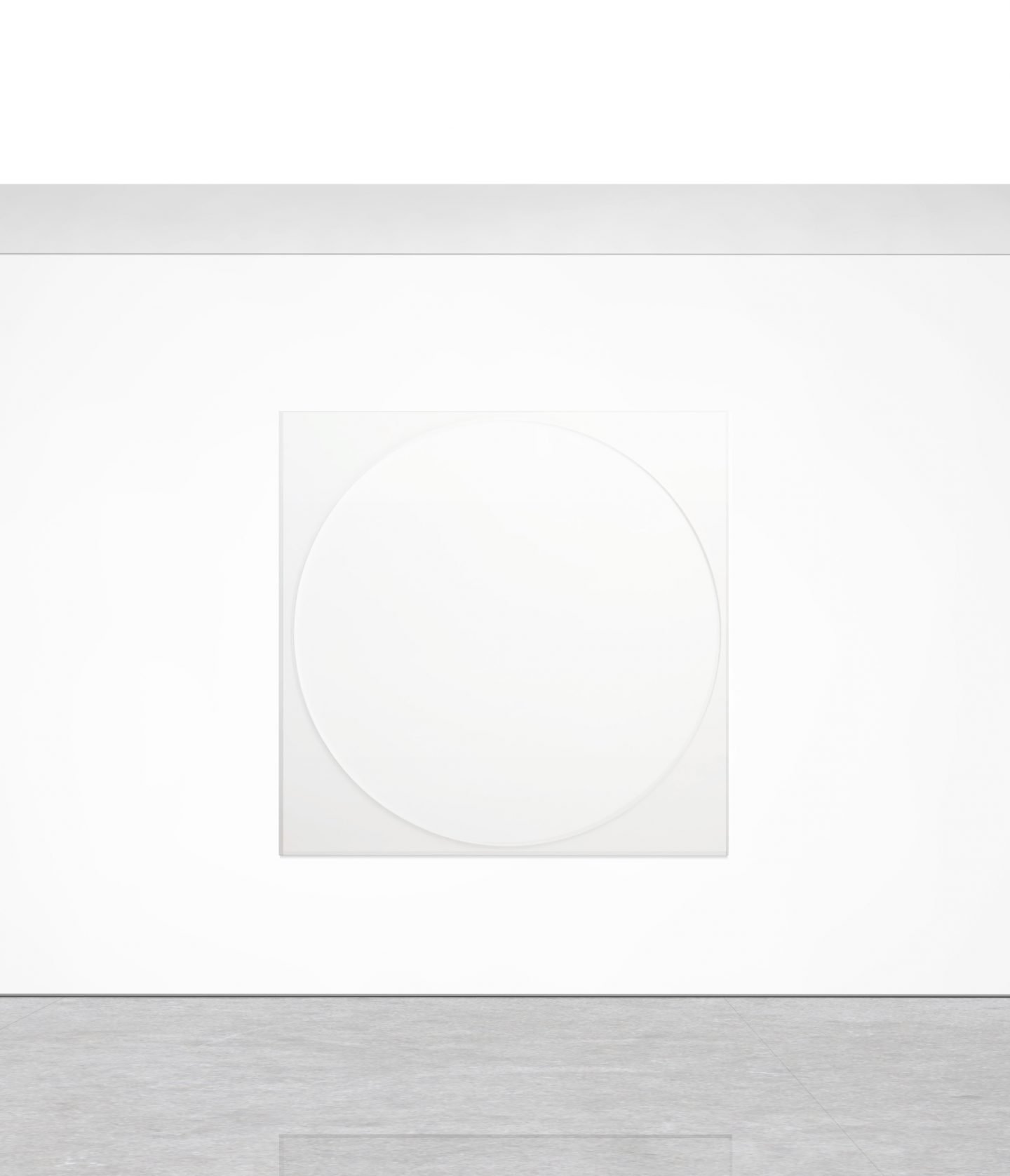
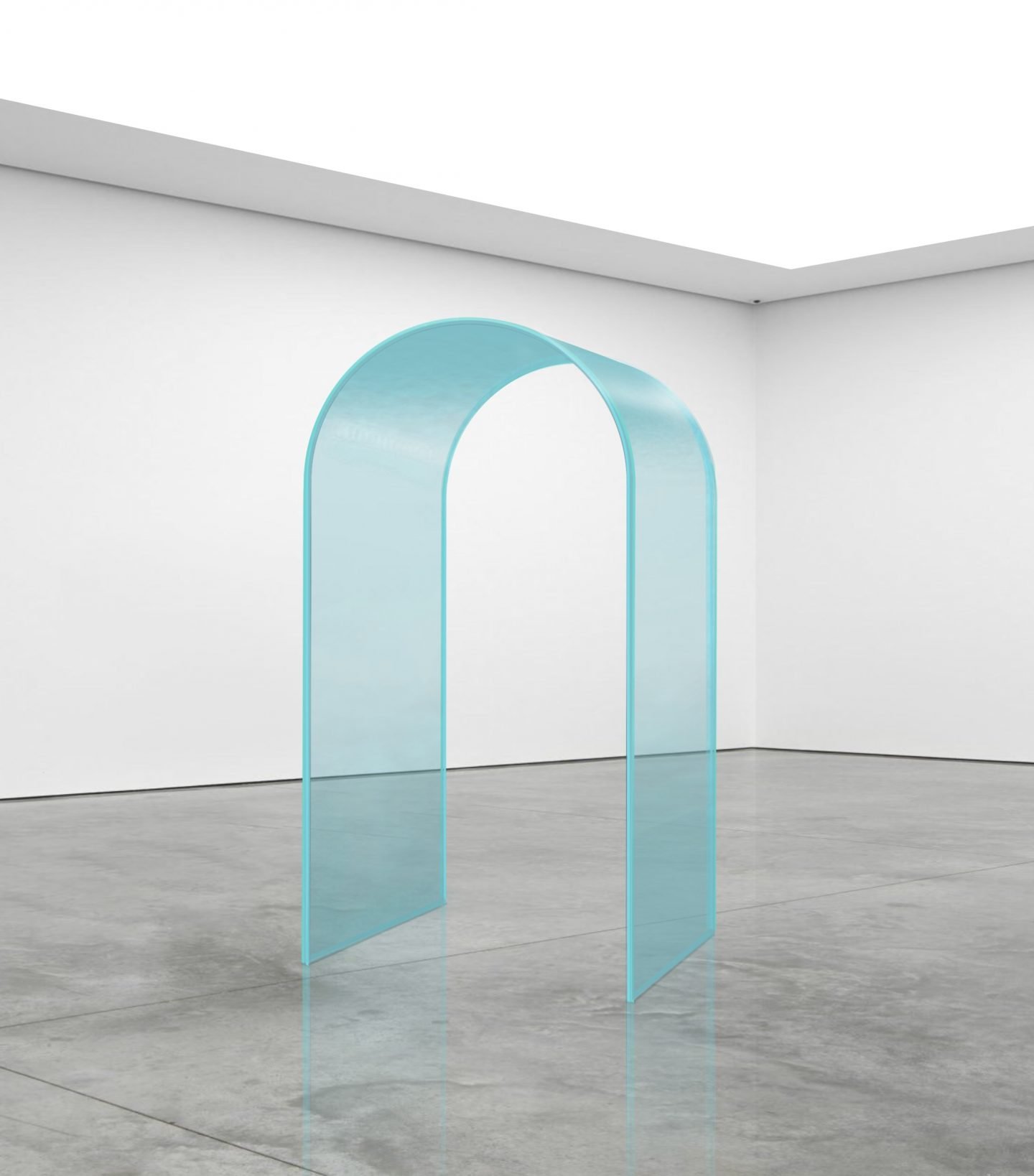
You work with a lot of digital visualization too. Can you tell us about your creation process and how you see the interaction between digital imaging and sculpture/installation?
There are overarching concepts that are best found in tranquil moments of reflection and solitude. It feels a bit like letting go of my surroundings, forgetting time, place, and reason – and drifting away, sometimes for hours on end. I jot down notes or sketches which, at a later point in time, I start to visualize on my iPad. I use a recurring picture of a neutrally lit white space upon which I then do a classical two-point perspective drawing of the project. In a way this digital white cube is what comes closest to my headspace, and is very much my own sandbox to experiment in. Through the drawing the projects take on scale and materiality, albeit in digital form. What I find truly fascinating is that even if they are only consisting of pixels on a screen, these visualizations give a clear idea of volume and space, and underline some of the essential themes I work with in regards to liminality and perception.
Could you discuss the work ‘Five Space Square’ (2021)? What was your intention behind the work and how do the materials work with this inspiration?
‘Five Space Square’ is in a certain sense a pragmatic systematization of the surrounding environment based on the difference between sand and stone, going from small to large, framed by pre-rusted corten steel. It is analytical in nature, as my work often is, and by decomposing the earth that is walked upon, it gives both understanding and outlook. It also deals with the switching of orientation; what is in nature vertically is presented horizontally, thereby creating a liminal space.
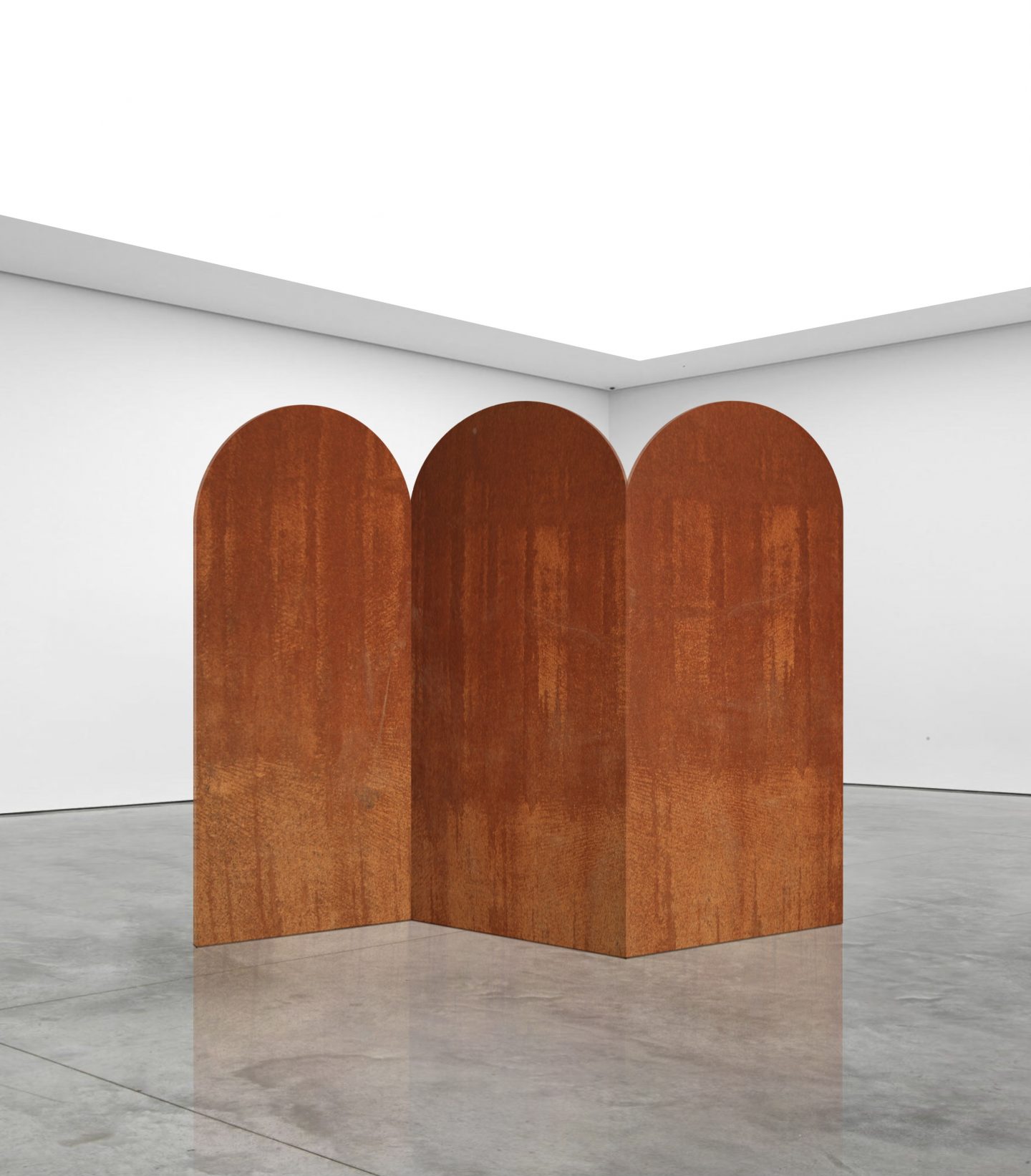
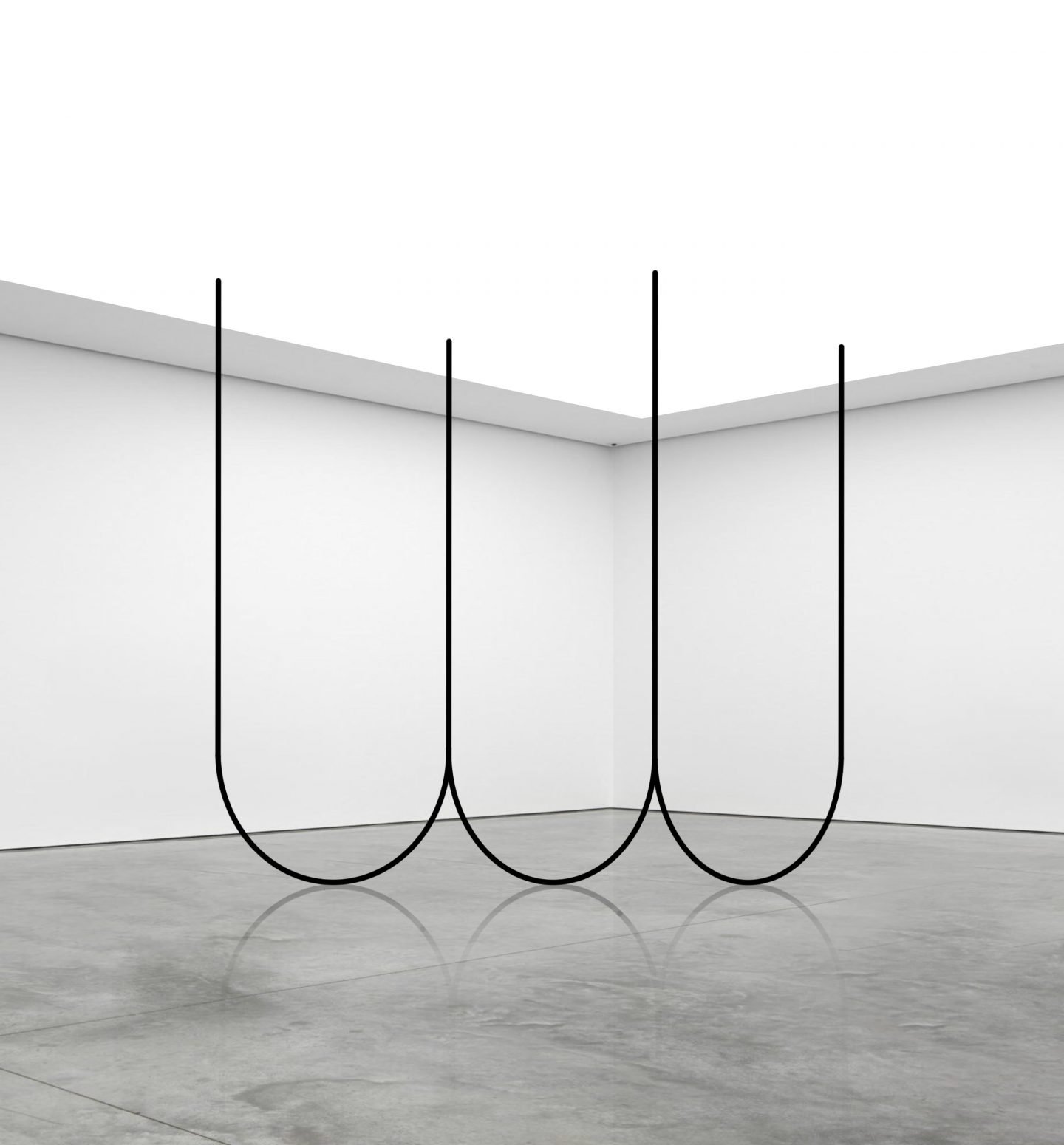
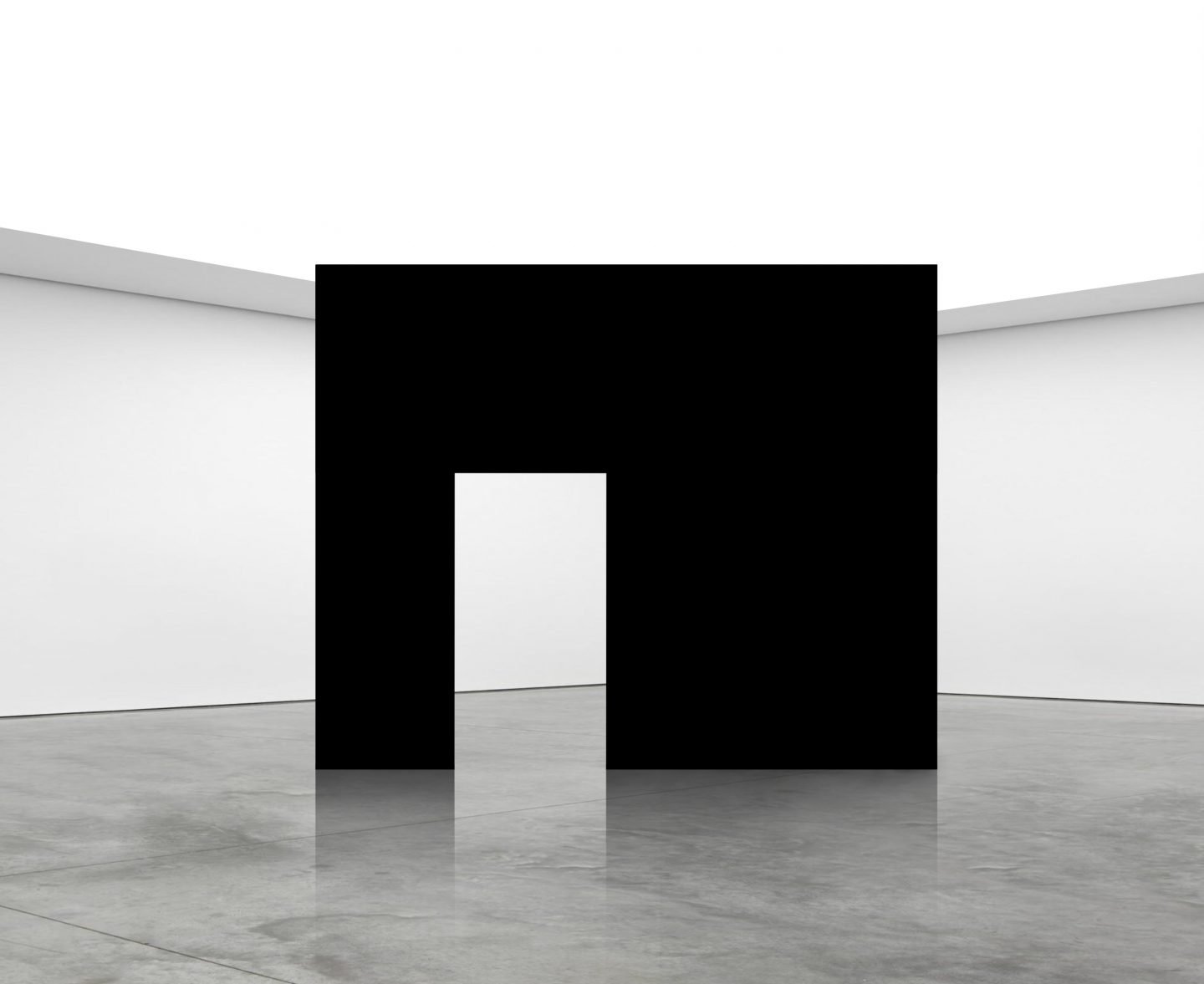
And another, ‘Glass Threshold’ (2021). How do you find the relationship between the structure, its bright color, and the materials it uses?
Its bright green hue comes from the iron oxide that is often present in the production of the glass itself. ‘Glass Threshold’ is part of an ongoing series that at its core deals with liminality. What drew me to work in this case with glass was twofold; on one hand the transparency and the presence that lies within glass—it is defined by reflections on its surface and the light distortions around the edges, not by the material itself—and on the other hand, the inherent fragility of glass. Walking through it, despite its almost non-existent nature, or maybe because of it, it looms over you, and you are confronted with your own presence.
Artist Olafur Eliasson once said, ‘Art is not the object but what the object does to the world’. What makes something art?
Generally speaking there are two facets that come into play: context and sensibility. If art is about communication I prefer to speak as clearly and comprehensively as possible and let the viewer define what the work is about. The short of what makes something art is that it is for you to decide, no matter the matter. We are all subjective beings walking around with our privately collected references, emotions, and unspoken thoughts, what for some are windows to strange and unintelligible views are for others mirrors that let them gaze deeply and profoundly into themselves. We cannot pass judgement on behalf of others when it comes to art, and we should not.
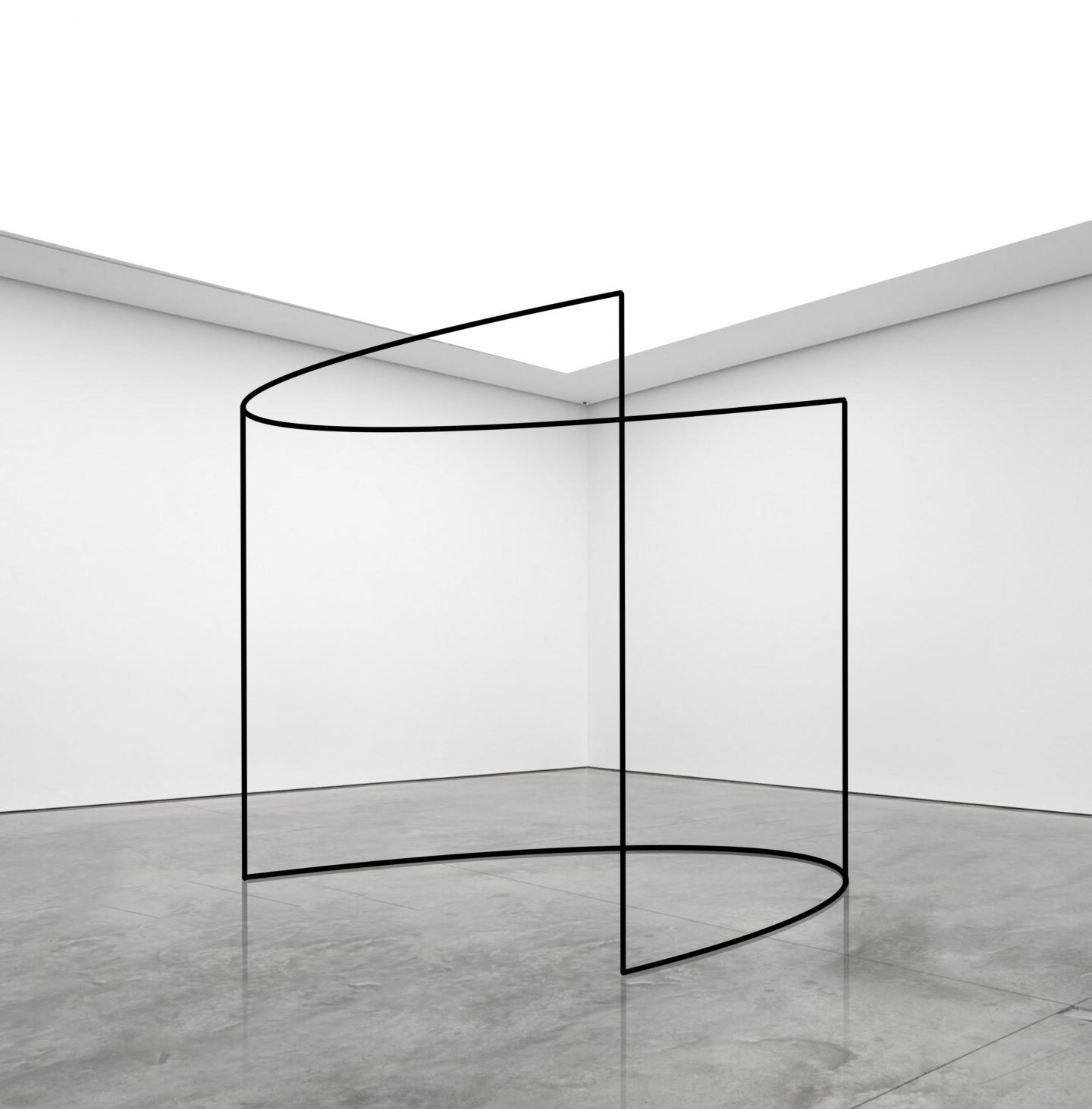
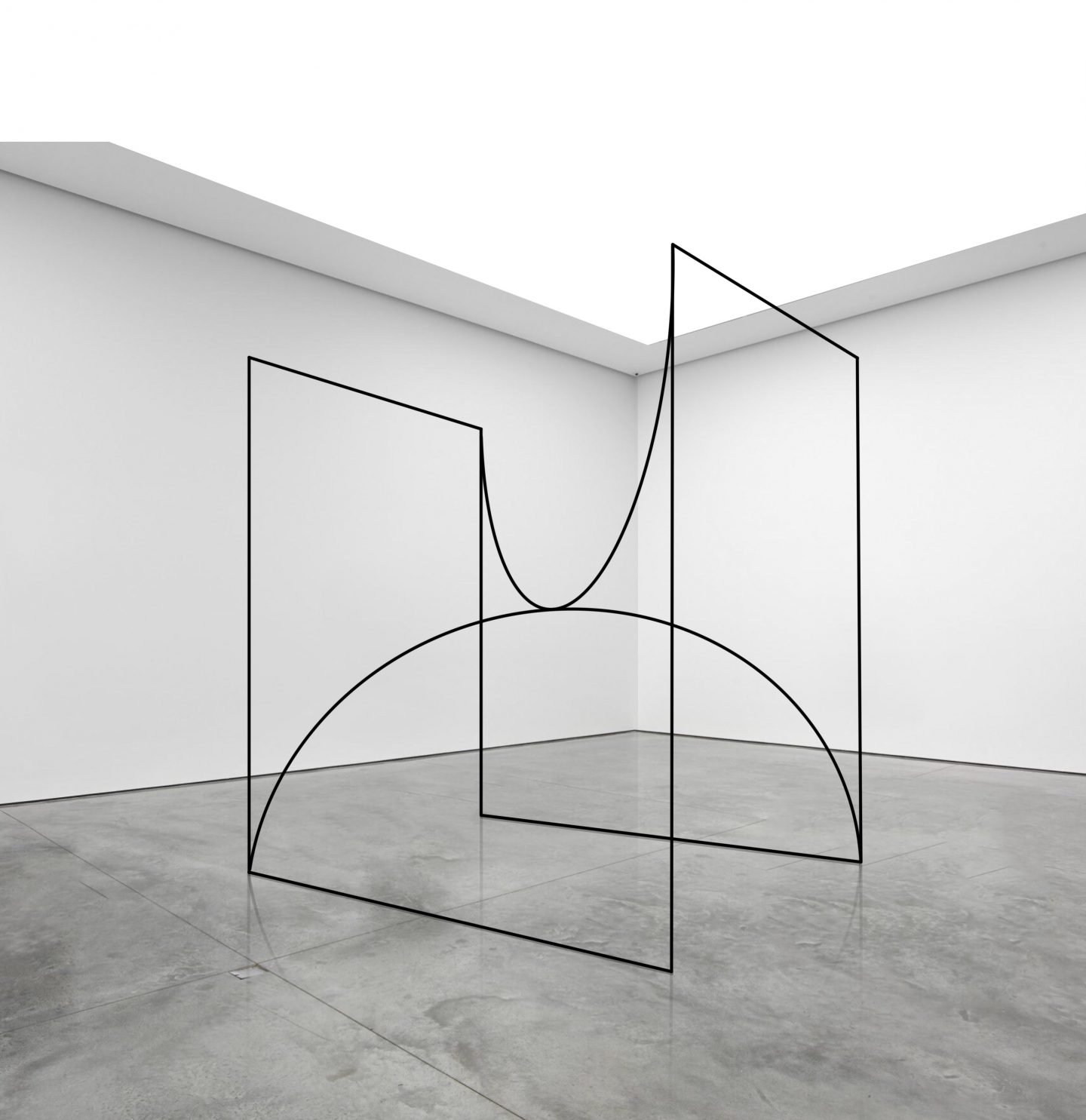
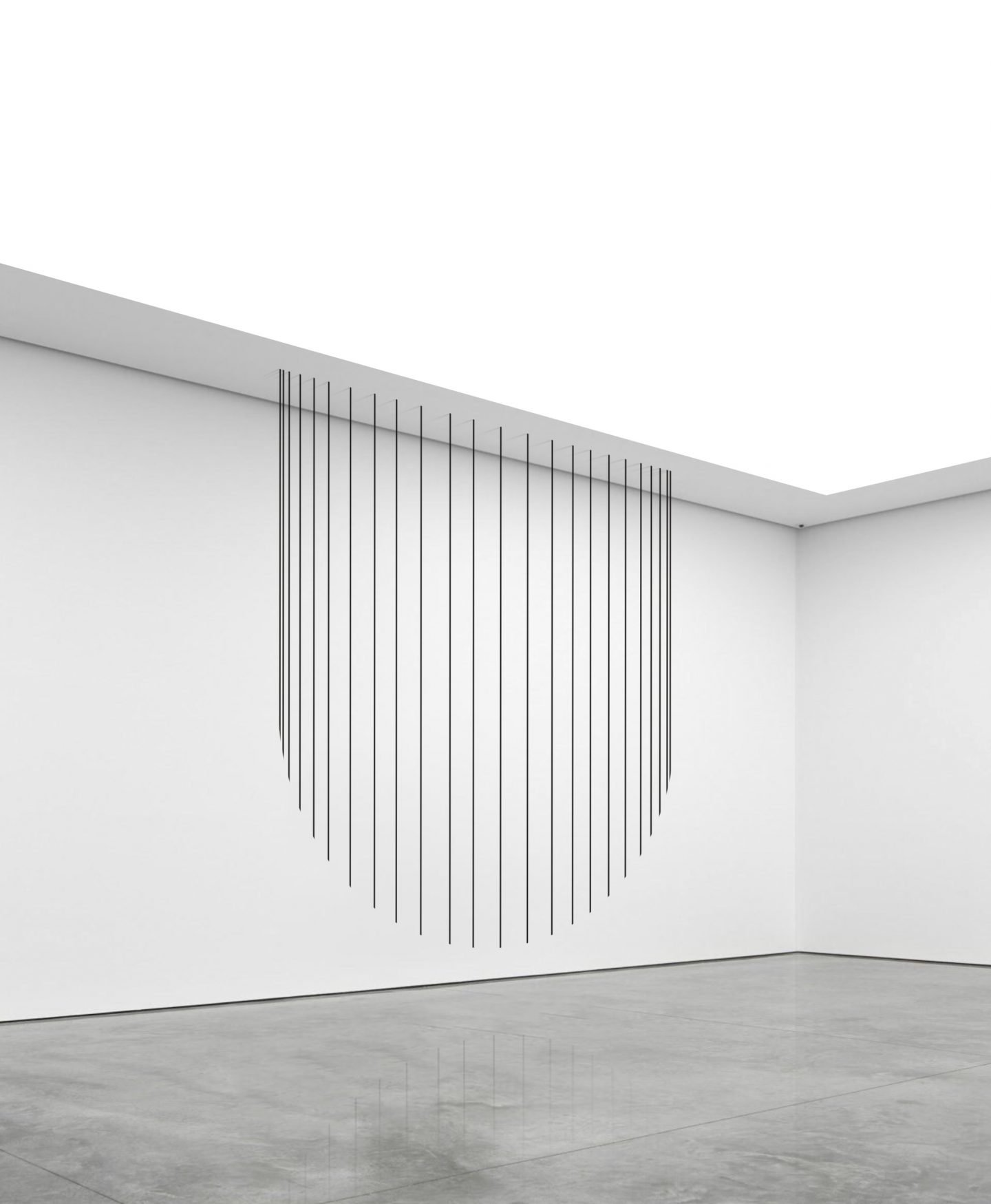
All images © Mikael Christian Strøbek
